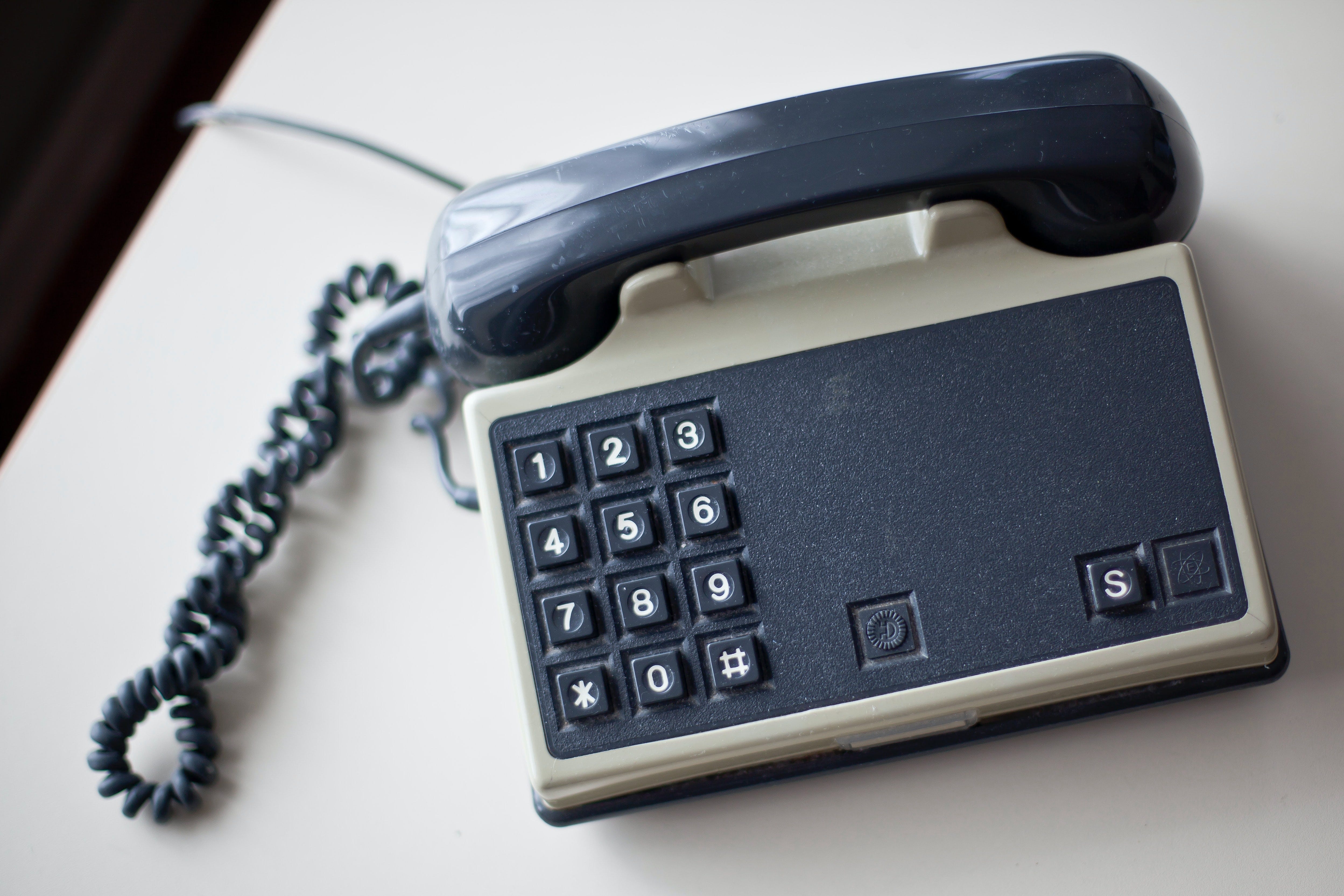‘The Telelibrary’ Whisks Patrons Away to Other Worlds (Review)
A charming interactive telephone experience which upends the phone tree


I’m on the phone. I’m dialing a strange number that I don’t recognize. An automated voice response system picks up and I’m prompted to select a number between 1 and 6, like so many other phone trees I’ve encountered during my time on this planet. But this is no ordinary answering service.
The male-sounding robot says in a cheery voice:
“Please pay attention as our menu options change frequently and without warning.”
It’s odd to encounter an honest phone tree. It’s even odder to encounter one that actually listens to you.
Feeling cheeky, I decide not to follow one of the preset options. Instead, I say quite boldly, “Three point one four!” But the voice on the other side immediately spits back, “One five nine two.”
“Please select a whole number between 1 and 6.”
Get Kathryn Yu’s stories in your inbox
Join Medium for free to get updates from this writer.
SubscribeSubscribe
I’m taken aback and start to laugh, eager to find out more and hear one of my selections. I select a number and the chipper response comes as follows:
“To pause, say ‘pause.’ To end, say ‘end.’
Or simply wait for the inevitable end of all things.”
The Telelibrary is an interactive, telephone-based one-on-one experience that delights in turning the tables on the typical mundane customer service experience. Participants interact with the most whimsical of robotic assistants. The brainchild of creator and performer Yannick Trapman-O’Brien, it’s described as “part theater, part game, [and] part self-care,” and I would have to agree.

I’ve begun The Telelibrary with 3 “credits.” Each selection on the ever-expansive menu costs a different number of credits; some are half a credit, some are two credits or more. (Do be careful of that selection #19; it costs a whopping 100 credits.) I’m able to add more credits as I go along by answering prompts from my host, such as describing what I see out my window or sharing a joke. The value of this strange currency seems somewhat random; but unlike the real world, it’s easy to attain more credits.
The experience has a feeling of intimacy and aliveness that other remote or online interactive experiences often can’t quite capture. Later on, the robot assistant explains that my menu options have expanded to selections up to the number 13; I squeal as this is revealed and he mimics my excited “ooh!” without missing a beat. Eventually a “settings” menu is revealed and I am able to change my host’s accent. After I request a British accent, he sadly responds that no authentic accents are available in the database, and therefore he is left using the single overly generic British accent that is available in his library. His voice shifts and the conversation continues with a British stereotypical accent in place; impressively, my operator keeps it up for the duration of our 45-minute call. On occasion, you as a human are required to explain an abstract concept to the robot who is eager to expand his knowledge of the world. And he is always grateful for your input. “I’ve learnt quite a lot today!” says the disembodied voice on the phone, after I finish explaining the use of metaphors.
We meander through a survey of literature both old and new, from the poetry of a beloved children’s author to a witty slice-of-life monologue from a contemporary writer to a practitioner’s manual of making different types of sounds with one’s mouth. All are delightful and carefully curated by The Telelibrary’s creator who strums a ukulele where you’d expect a touch tone telephone sound. He occasionally takes a brief moment to prepare when calling up a new selection; the pause happens so that our performer can rifle through his collection of paperback books which contain readings from Lord Byron, Rumi, and more. And there’s even participant-submitted material available. (I won’t say too much as to avoid spoilers but try the “going outside simulation,” if it is offered to you.)
Like a good episode of This American Life or a night at The Moth, The Telelibrary is best experienced with an open state of mind and willingness to be carried off into the annals of storytelling; think of it as series of bedtime tales meant for grownups who usually have to be the ones doing reassuring and the tucking in, rather than the other way around. It’s been tough for me to focus lately, so I attempt to clear my mind and listen closely as he reads. I relax my shoulders and lean back into my chair. Trapman-O’Brien’s dulcet tones quickly lull my eyes closed, as I let his well-enunciated syllables wash over me. Despite the world swirling in chaos all around us, I sink into a liminal state. It is truly a pleasure to listen, to feel taken care of, and to feel comfort in this day and age.
Luckily for us, The Telelibrary provides all that and is just a phone call away.
The Telelibrary is available as an ongoing experience; all times are Eastern. Tickets are pay what you can.
NoPro is a labor of love made possible by our generous Patreon backers. Join them today!
In addition to the No Proscenium web site, our podcast, and our newsletters, you can find NoPro on Twitter, Facebook, YouTube, Instagram, in the Facebook community Everything Immersive, and on our Slack forum.
Office facilities provided by Thymele Arts, in Los Angeles, CA.